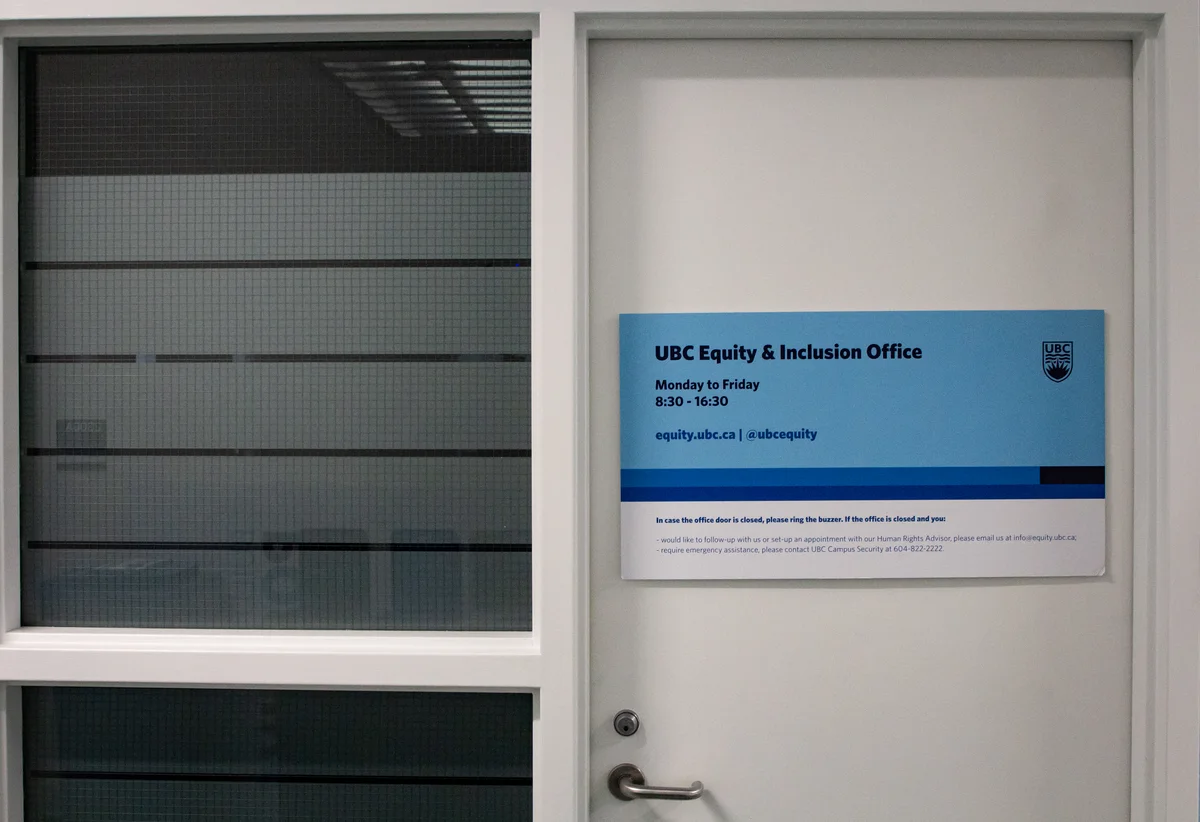
UBC’s Inclusion Action Plan was discussed at a virtual forum on May 7.
Hosted by UBC President Santa Ono and moderated by Dr. Handel Kashope Wright, the forum included panelists from both UBC Vancouver and UBC Okanagan, as well as representatives from the equity and inclusion, human resources and students departments.
The Inclusion Action Plan (IAP), which was created in response to the core goal of inclusion listed in UBC’s 2018-2028 Strategic Plan, has been in consultations since early 2019 and aims to create major institutional change across UBC’s many departments.
In his introduction to the forum, Ono emphasized the IAP’s connection to other ongoing plans and projects at UBC, including the Indigenous Strategic Plan, anti-racism initiatives and ongoing work on climate justice. This theme of intersectionality reappeared often throughout the forum.
Sara-Jane Finlay, associate vice president of equity & inclusion, said that the IAP does not address specific “-isms,” such as racism or homophobia, instead covering institutional barriers to practicing inclusivity. The plan will draw from advisory groups on anti-racism, transgender and two-spirit student experiences, and other subjects.
“Our focus is on changing systems and structures,” she said.
The IAP is projected to improve the university experience for all of UBC’s students, with a particular focus on the experience of students belonging to marginalized groups. Panelists cited the benefits of diverse and inclusive institutions, and expressed hope that UBC will reach its institutional potential alongside the improvement of the student experience.
In response to questions on the value and use of data collection at UBC, VP Students Ainsley Carry suggested that student data would be important in guiding the IAP’s initiatives. With data, Carry said UBC would be able to tell what kinds of students were at UBC and what kinds were not.
“How do we make sure we support those students who are here? And how do we think about our recruitment efforts to attract the students who are not here at the time?” he said.
Many questions regarding specific issues the IAP must address, such as training for leadership positions and job security for marginalized staff, were met with promises that the members of the panel were still working on it within their departments.
“These things don’t happen overnight,” Carry said.
Although the IAP was endorsed by UBC’s executive in December of 2019, the majority of the actions it suggests are still in the early stages of completion.
In a follow-up interview, Finlay said that although the IAP’s equity lead program will be implemented at UBC in less than two weeks, the overall plan’s progress will vary based on faculty. The plan, she said, has been “to meet the faculties where they were.”
“Some faculties are miles ahead in thinking about this work and have already incorporated into their own strategic plan real commitments around inclusion; others aren’t quite as far along,” she said.
The IAP is currently focused on implementing 12 of its 36 actions this year, but the status of its other actions is subject to change.
“I actually don’t know what the next set of actions are that are going to be prioritized,” Finlay said. “We need to see where we are in six to eight months’ time.”
In his closing remarks at the forum, Wright referred to the IAP as a diverse document, but also an ambitious one, remarking on the notorious difficulty in changing large institutions. Despite this difficulty, his tone was positive; though progress is slow, he projected that the IAP would move UBC in the right direction.
Finlay was similarly positive.
“I’m feeling, when I’m in the academic departments and working with the faculty within those, a real enthusiasm for the kind of change that’s being proposed,” she said.
“I think there’s energy and appetite to see a difference being made.”

